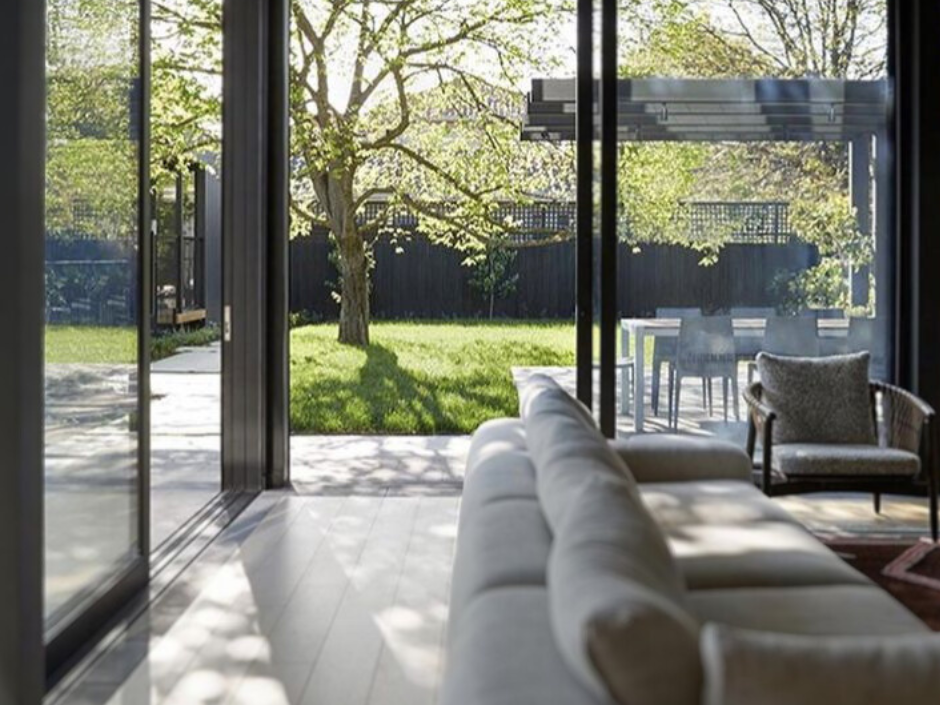The Buyer’s Guide to What Really Impacts Livability
- Ash Coker
- Jun 24
- 4 min read
When buyers talk about “location,” they’re usually referring to the suburb. But the truth is, the livability and long-term value of a property is influenced by dozens of more specific, often-overlooked factors. The street, the slope, the neighbours, the soil, it all matters.
At Buyerworks, we believe good buying decisions come from clarity. And clarity comes from knowing exactly what to look for beyond the sales pitch. This guide walks you through the critical location considerations that too often get missed during the whirlwind of open homes, agent calls, and marketing spin.

1. Natural and environmental factors
Flood Risk
Queensland buyers, in particular, need to understand local flood maps and overlay zones. Flood history impacts insurance costs, rebuild regulations, and long-term confidence in resale.
Slope & Soil
Steep or uneven blocks may bring beautiful views, and big engineering bills. Check for retaining walls, drainage challenges, and build constraints. Soil type also affects everything from landscaping to foundations.
Aspect
The orientation of a property directly affects light, airflow, and energy efficiency. A north or northeast-facing backyard? That’s a tick. A west-facing bedroom? Prepare for summer heat.
Coastal Corrosion
Salt air near beaches or waterways can rapidly degrade finishes, hardware, and even structural elements. Check for rust on fences, window frames, and outdoor fittings.
Tidal and Canal Impacts
Living by water is desirable, but canals come with privacy concerns, tidal fluctuation issues, and higher maintenance expectations. It's not just lifestyle, it's logistics.
Environmental Overlays
Council maps may include protected zones for native vegetation, wildlife habitats, or bushfire risk areas. These restrictions affect what you can build, remove, or modify.
Still Water and Insects
Mangroves and creeks often come with midges and mosquitoes, especially in summer and at dusk. Visit at different times of day and ask locals about what really happens when the sun goes down.
Air Quality and Odour Zones
Wastewater treatment plants, farms, or industrial zones might seem distant, until the wind shifts. Be aware of prevailing breezes and their impact.
Flight Path Exposure
Don’t rely on one inspection. Some areas are quiet on weekends but under flight paths during weekday peak hours. Research flight path maps and visit at different times.

2. Regulatory, Legal & Infrastructure Factors
Zoning & Future Planning
Don’t just look at what’s built, look at what could be built next door. Zoning codes and development applications can drastically change a neighbourhood's feel over time.
Easements & Right of Access
Is that driveway actually on the title? Shared access, service corridors, and drainage easements are common and can create headaches if not clearly understood.
Power Lines
Large transmission lines impact visual appeal and, for some buyers, perceived health concerns. Understand where they run and whether they limit construction or extensions.
Utility Services
Not all properties, especially semi-rural ones, are connected equally. Confirm access to town water, sewerage, and reliable electricity, and understand how those connections might limit your plans.
Internet Infrastructure
A home office is no good if the internet can’t support it. Check actual connection types (NBN FTTP, FTTN, wireless) and run speed tests where possible.

3. Livability & Lifestyle Factors
Neighbour Noise & Activity
You’re not just buying a home, you’re buying into a street. A neighbouring Airbnb, teenage hangout, or backyard bar setup could be your new 24/7 soundtrack.
Sunlight & Shadowing
Overshadowing from nearby homes, fences, or vegetation can affect comfort and energy use. Check orientation and note what’s likely to change with the seasons.
Street Traffic & Safety
Quiet cul-de-sacs feel different to busy cut-throughs or school zones. Consider visibility, driveways, and ease of reversing or guest parking.
Garbage Collection & Vehicle Access
Logistical quirks like steep driveways, shared access, or narrow roads can affect everything from removalist trucks to bin day.
Parking Pressure
In denser areas or those with limited off-street parking, availability can drop dramatically when nearby developments or events fill the street.
Lighting & After-Dark Feel
A lovely leafy street during the day may feel isolated or poorly lit at night. Visit after sunset to check ambience and streetlight coverage.
Short-Term Rentals
In some areas, short-term stays (such as Airbnb) dominate certain streets or buildings. This can impact community cohesion, noise levels, and even insurance.

4. Community, Connectivity & Convenience
School Catchments
Even if you don’t have kids, high-demand public school catchments influence price growth and buyer competition. Always confirm official boundaries.
Commute Realities
Don’t assume drive times. Check traffic data during peak hours and test public transport options if you plan to use them.
Shops & Services
The best locations don’t always mean inner city. Buyers increasingly value walkability to cafes, supermarkets, parks, and healthcare services.
Medical Access
Proximity to hospitals, specialist clinics, and emergency services can be essential, especially for families, retirees, or those managing chronic conditions.
Demographics & Culture
Do the local rhythms suit you? Is it full of families, retirees, students, or short-term renters? Visit at different times and talk to neighbours where you can.

Too much to consider, too little time? Buyerworks Can Help.
The best properties aren’t just well-presented, they’re well-positioned. Buyerworks helps you interpret what agents don’t say, and what listings don’t show.
Our buyer-first, psychology-led approach ensures that every location decision is grounded in real-world livability, not just marketing gloss.
Want tailored guidance on your shortlist? Or help assessing that open home’s surroundings more critically? You know where to find us.
Disclaimer: The information provided is for general informational purposes only and buyers should conduct their own due diligence and seek independent financial and legal advice before making any decisions. Bueyrworks assumes no liability for any errors, omissions or changes to property contracts.



